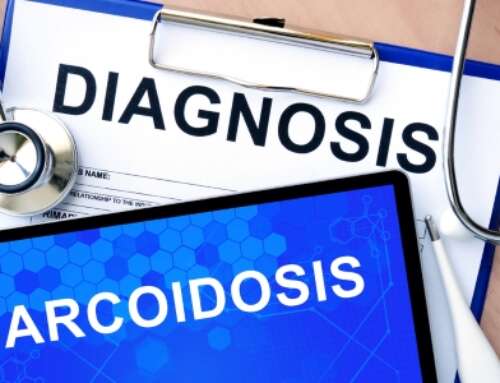
Understanding eye conditions can be challenging, especially when symptoms overlap. If you have been experiencing discomfort in your eyes, it is important to determine whether the issue is an eye allergy or sarcoidosis. Both conditions share some similar symptoms but require very different treatments. Knowing the signs and differences between these two conditions can help guide your next steps.
In this blog, we will explore the key differences between eye allergies and sarcoidosis, including how to identify them and how to approach the treatment process.
What Is Eye Allergy?
Eye allergies are quite common, especially during certain seasons when pollen or dust is abundant. If you experience itchy, watery eyes, redness, or swelling, an allergy may be the cause.
Symptoms of Eye Allergy:
- Red, itchy, and watery eyes
- Swelling around the eyes
- Sensitivity to light
- Clear discharge from eyes
- Symptoms may worsen with allergens like pollen, pet dander, or dust
Allergies typically trigger inflammation of the eye’s conjunctiva, which is the thin layer of tissue covering the white part of your eye.
What Is Sarcoidosis?
Sarcoidosis is an inflammatory disease that can affect multiple organs in the body, including the eyes. When sarcoidosis impacts the eyes, it leads to inflammation of the tissues, resulting in vision problems. Sarcoidosis is much less common than allergies and usually requires a sarcoidosis diagnosis and treatment process.
Symptoms of Sarcoidosis in Eyes:
- Blurry vision
- Redness or inflammation in the eyes
- Sensitivity to light
- Pain or discomfort in the eyes
- Presence of nodules or granulomas in the eyes
Unlike eye allergies, sarcoidosis in the eyes may also affect other parts of the body, including the lungs, skin, and lymph nodes. The symptoms may not improve without proper medical intervention.
Key Differences Between Eye Allergy and Sarcoidosis
Here are the main differences between an eye allergy and sarcoidosis:
- Causes: Eye allergies are caused by external allergens like pollen, dust, or pet dander. Sarcoidosis is an autoimmune disorder where the immune system attacks healthy tissue, causing inflammation.
- Onset: Eye allergies tend to occur seasonally or when exposed to specific allergens. Sarcoidosis, however, is a chronic condition and can flare up unexpectedly.
- Treatment: Eye allergies are usually managed with antihistamines or eye drops. Sarcoidosis in the eyes requires specialized treatment, including medications like corticosteroids to reduce inflammation.
- Symptoms: While both conditions can cause redness and irritation, sarcoidosis is more likely to cause vision impairment or discomfort that worsens over time.
How to Approach Diagnosis and Treatment
When in doubt, always seek professional medical advice to confirm whether you have an eye allergy or sarcoidosis. An ophthalmologist or a specialist in sarcoidosis diagnosis and treatment can provide the most accurate diagnosis. Treatments will vary significantly between the two conditions, so it is important to get the right diagnosis as soon as possible.
Wrapping Up:
You do not have to face the uncertainty of eye-related issues alone. At FLASS (Florida Lung, Asthma & Sleep Specialists), we focus on providing personalized care to help you understand and manage your eye condition. Whether you are dealing with an allergy or require sarcoidosis in eyes treatment, our team can guide you through each step. The road to better eye health starts with expert care. Do not wait for your symptoms to worsen. Get in touch with us today and take the first step toward clear, healthy vision.


